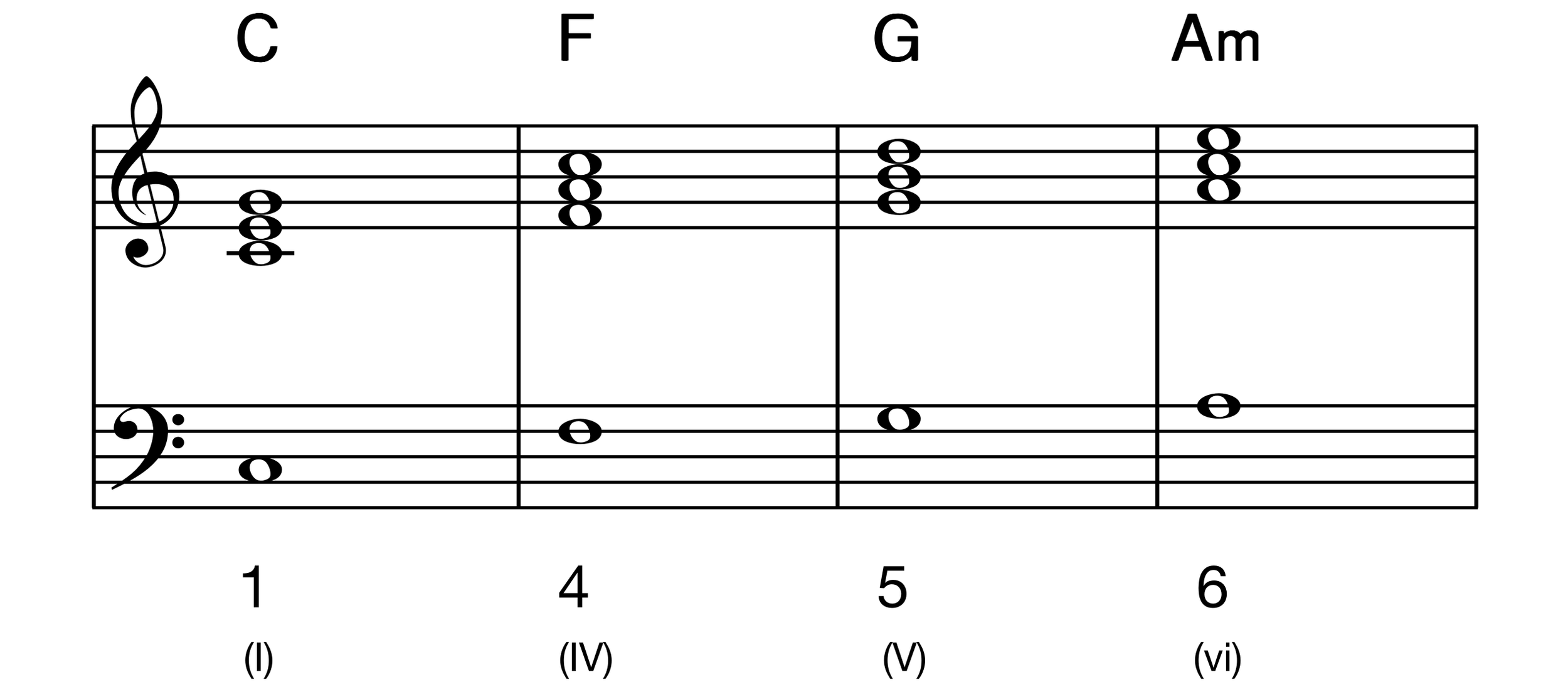Using Inversions to Play Better Chord Progressions
Introduction
The piano or keyboard is an essential instrument for church music. It is capable as a stand-alone instrument but can be flexible to cover a variety of roles. If you grew up in the church playing the piano for hymns or the choir, you probably learned to read notes and play what was put before you on the page. Shifting to chording can seem like an impossible and uncertain task. This is made even more challenging by the limitation of using chord charts for songs you don’t know by ear.
On the other hand, if you are just starting to learn music to engage with your church worship team, it’s unlikely you are going to go through the time and work it takes to learn how to read piano music proficiently. The cost/reward equation just doesn’t add up if your role isn’t demanding that kind of musical approach.
That leaves chording as the most practical approach to worship music playing. Even if this style of music is played on the piano, we typically refer to this as keyboard playing or rhythm playing. In jazz circles, you might hear the term comping or playing the changes thrown around to describe playing notes of your choice based on the chords for the song.
I was never classically trained on the piano, so this is the lens I look through when I’m working on music. In my experience, the best keyboard rhythm players are those who have a finely tuned ear and a personal style or aesthetic they go for in their music. Once you play with someone long enough, it becomes easy to recognize their expression and hear who it is that is playing.
Root Position (Block Chords)
Chording begins with a fundamental approach of following root position chords. This looks like the root note of the chord (the name of the chord) followed by the chord’s third and fifth. As long as the chord stays within the given key, you can determine these exact notes by what notes are included in the scale. It is good to memorize the scales, ideally beginning with C and moving around the circle of fifths until you are intuitively comfortable with each key.
Root position is the most straightforward way to approach a chord progression. In this position, the chord is stacked from the root note upward. So the C major chord would be played C-E-G with a C in the bass, a single note for now. We can maintain this pattern through all four chords. This approach is rather “blocky,” in my opinion, but it gets the job done and means that anyone with mild musical skill can quickly pick up a basic chord progression on the piano. Below is a notated version of a C chord progression showing the chord names, the notes, and the function.
Root position chord progression in the key of C with chord names and functions.
Inversions
If we use inversions, we can create a smoother-sounding progression. We can rearrange the notes in the chord to sound more complex and intertwined. Written below is a version of this progression using different inversions.
Mixed inversion position chord progression in the key of C



